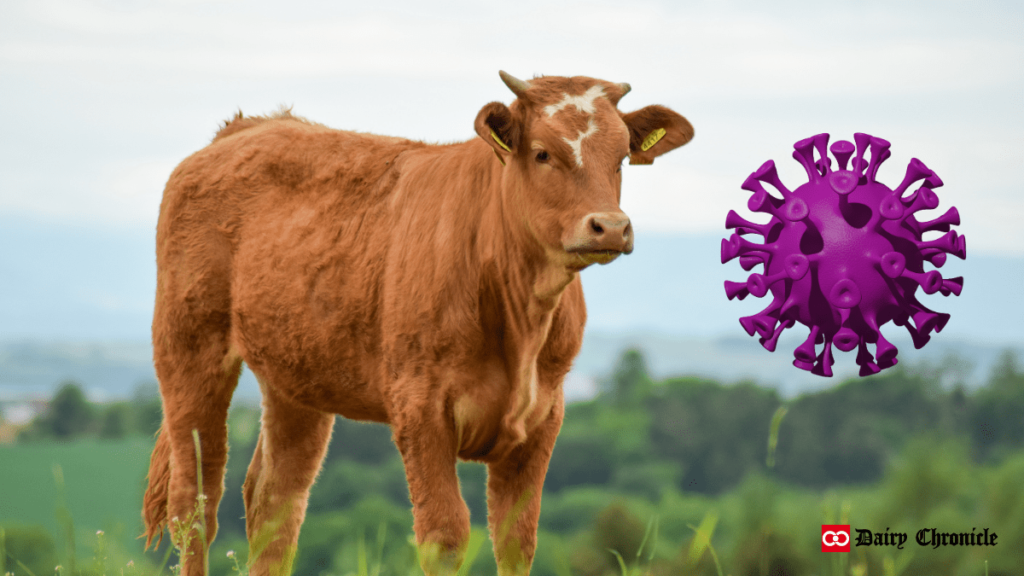In 2024, Avian Influenza H5N1, previously affecting only poultry, was detected in dairy cattle for the first time. Originating from a mutation of the virus, the outbreak has impacted dairy farms across 13 states in the United States, leading to a decrease in milk yield and mild symptoms in cattle. With new regulations for testing and monitoring, the USDA and CDC emphasize the virus’s minimal risk to the general public and the safety of dairy products.
In 2014-2015, the United States witnessed a severe outbreak of Highly Pathogenic Avian Influenza (AI), commonly known as “bird flu,” which devastated poultry populations across 21 states and led to the culling of around 50 million birds. In 2024, the outbreak resurfaced with a significant twist: the virus is now affecting dairy cattle.
Current Outbreak Overview
The ongoing Avian Influenza outbreak, which began in February 2022, has impacted approximately 100.71 million birds across 48 states. In a groundbreaking development, Avian Influenza H5N1 was detected in dairy cattle in March 2024 at a dairy farm in Texas. This marks the first instance of this virus being identified in dairy cows. To date, there have been 172 confirmed cases across 13 states, including Texas, Kansas, and Oklahoma, with Arkansas and Missouri reporting no cases so far. Importantly, beef cattle have not been affected by this strain.
Virus Mutation and Transmission
According to Brook Duer from the Pennsylvania State Center for Agriculture and Shale Law, the H5N1 virus has mutated in such a way that it now affects cattle. This “crossover” is deemed an unusual occurrence and is not expected to become a frequent issue. Transmission of the virus between dairy cattle primarily occurs through lactation, potentially facilitated by milking machines, rather than through respiratory routes. This method of transmission is less aggressive, leading to isolated incidents rather than widespread outbreaks among beef cattle.
Symptoms and Impact on Dairy Cattle
Dairy cattle infected with H5N1 typically show a decrease in milk production along with symptoms such as reduced feed intake, thicker milk, lethargy, dehydration, and fever. Despite these challenges, the virus’s impact on cattle is considerably milder compared to its effects on poultry. The USDA recommends that affected cattle be isolated and their milk be either diverted or destroyed to prevent further transmission. Farmers are also advised to closely monitor their herds for any signs of illness.
Regulations and Testing
In response to the outbreak, a federal order effective from April 2024 mandates pre-movement testing for lactating dairy cattle crossing state lines. This regulation aims to prevent the spread of the virus between regions. All laboratories and state animal officials are required to report positive test results to ensure effective monitoring and containment of the virus.
Human Cases and Public Health
Recent reports from the CDC confirm at least five human cases of H5N1 in the U.S., with four of these cases occurring among individuals working in poultry operations, not dairy farms. The CDC currently assesses the risk to the general public as low, though those exposed to commercial poultry may be at a higher risk. Both the USDA and FDA maintain that the milk supply remains safe, emphasizing that pasteurization effectively eliminates the virus, and the use of milk from infected cattle is minimal.
The Avian Influenza outbreak has made a notable impact on the dairy industry, but its effects on cattle are relatively mild compared to poultry. Continued vigilance, rigorous testing, and adherence to biosecurity measures are essential for managing the outbreak. The integrity and safety of dairy products are upheld, with stringent regulations in place to safeguard both livestock and public health.
Also Read- H5N1 Avian Flu Found in Texas Dairy Cattle and Milk Sparks Concerns



